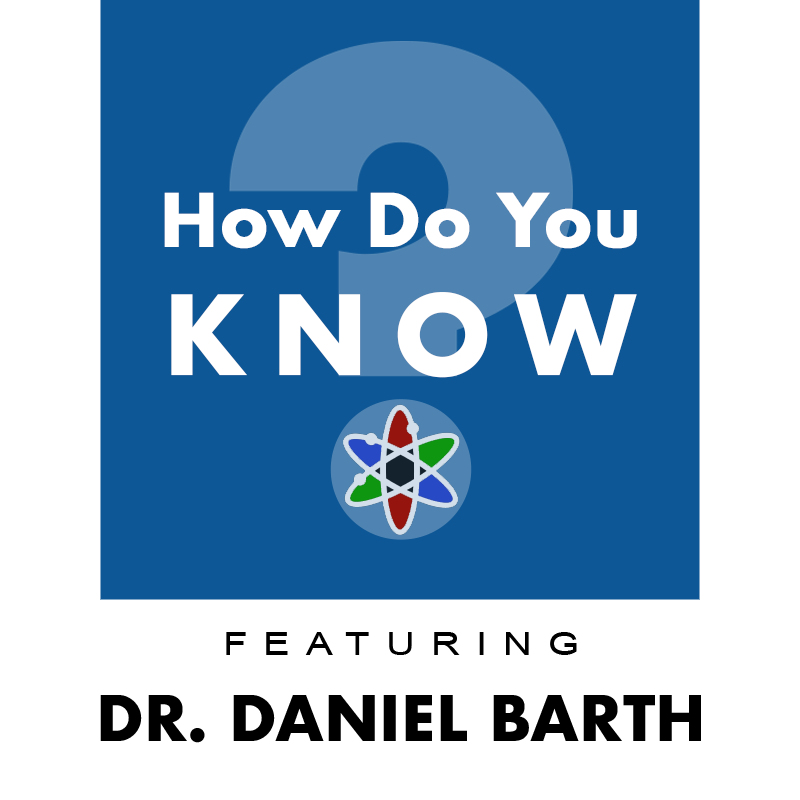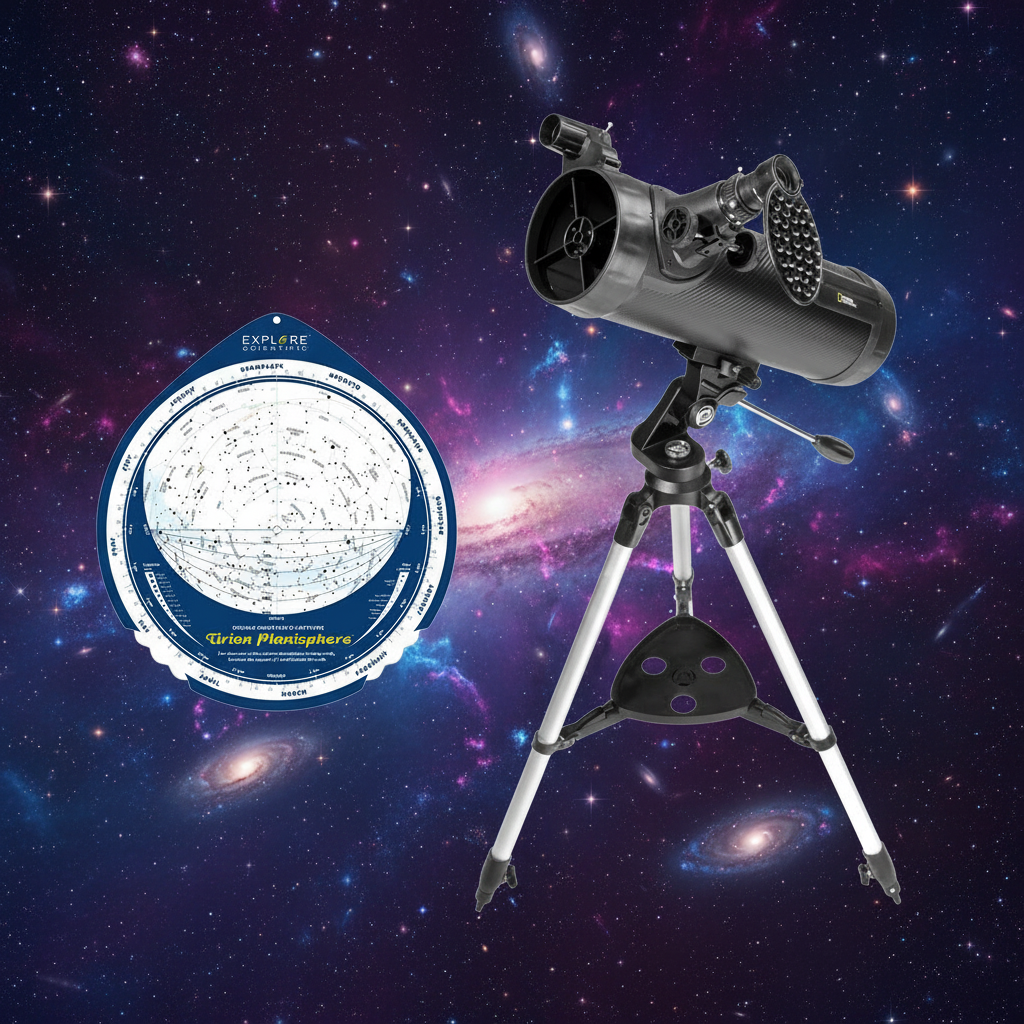
Explore Alliance Presents: How Do You KNOW? – Episode #8: 'Exploring the Lunar Surface'
It is said that familiarity breeds contempt, and this certainly is true of the Moon. Many astronomers despise the Moon as a bright lamp that obscures the stars and constellations. I choose to delight in it when it is available and explore the many things that its surface can teach us.
Unlike the Earth with its rampant recycling of the crust through plate tectonics and active volcanism, or like Mars with its howling winds and ancient periods of wet and dry climate, the Moon has always been the most absolute desert, the crust is effectively waterless. The Moon not only has an absolute desert climate, it never had a long period of volcanism. The Moon is far too small to hold enough heat to have a molten mantle and last period of active volcanism is thought to have ended more than a 3 billion years ago. Because of this dry, unchanging crust, the Moon offers us an effectively continuous record of impacts stretching back some 3.9 billion years. A good amateur telescope (6-8 inch reflector or 4-5 inch refractor) can resolve craters down to about 1 km, sometimes smaller in exceptional seeing. There are over 1 million such craters visible to you, and they all have a story to tell.
Dr. Barth's presentation opens the gate towards giving you an intimate knowledge of our closest celestial object on this episode of 'How Do You KNOW?'











